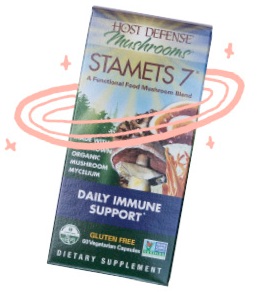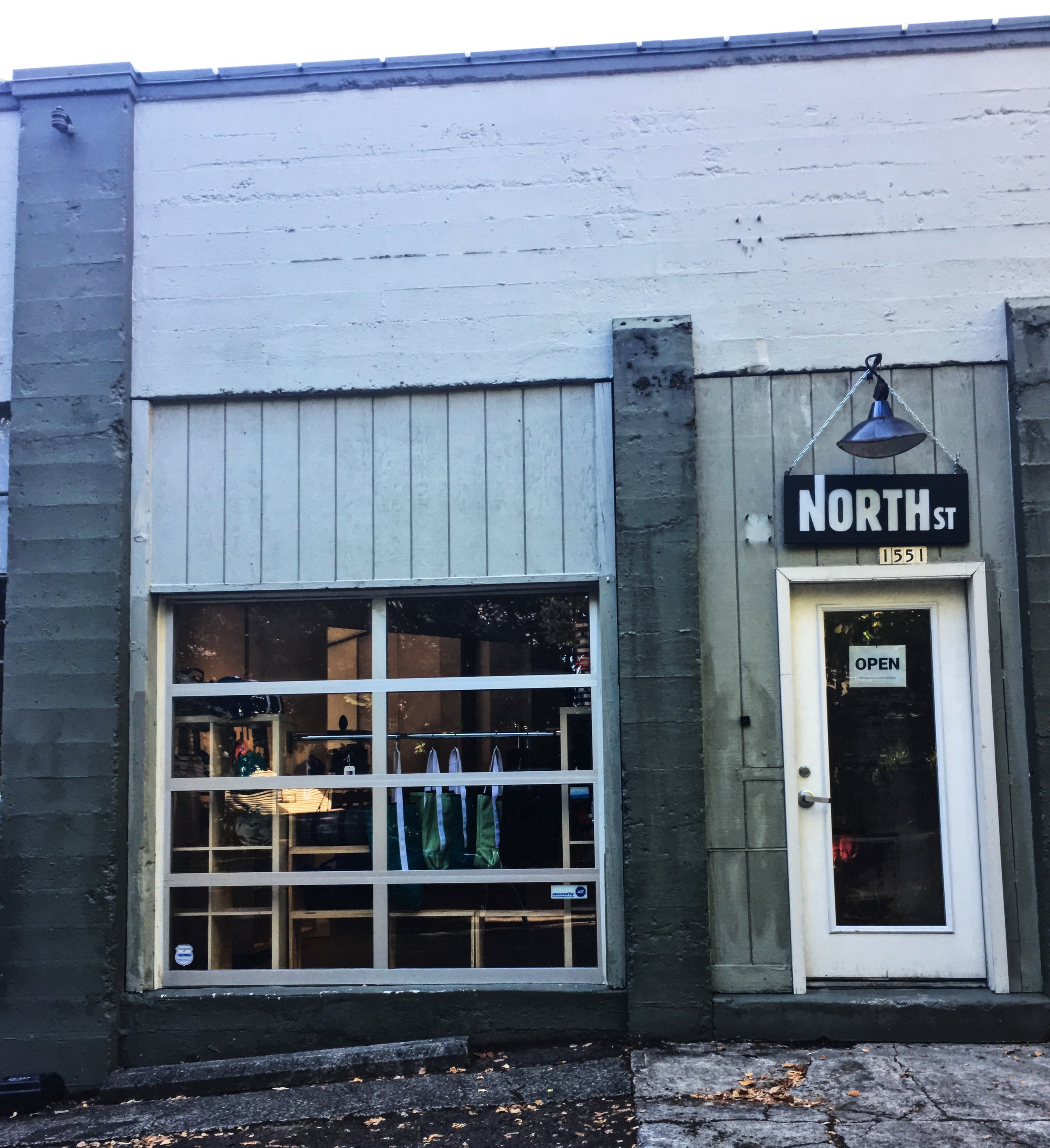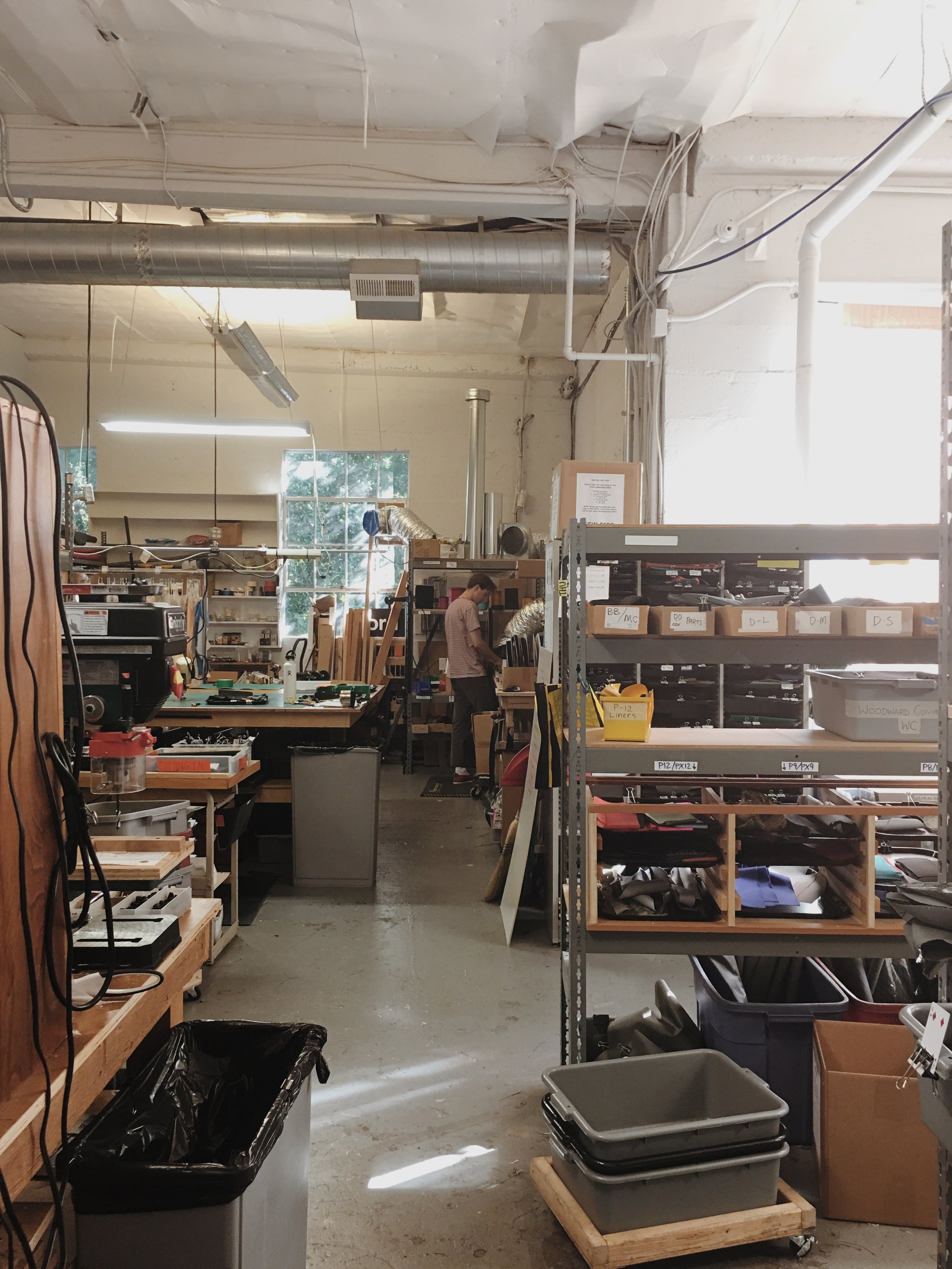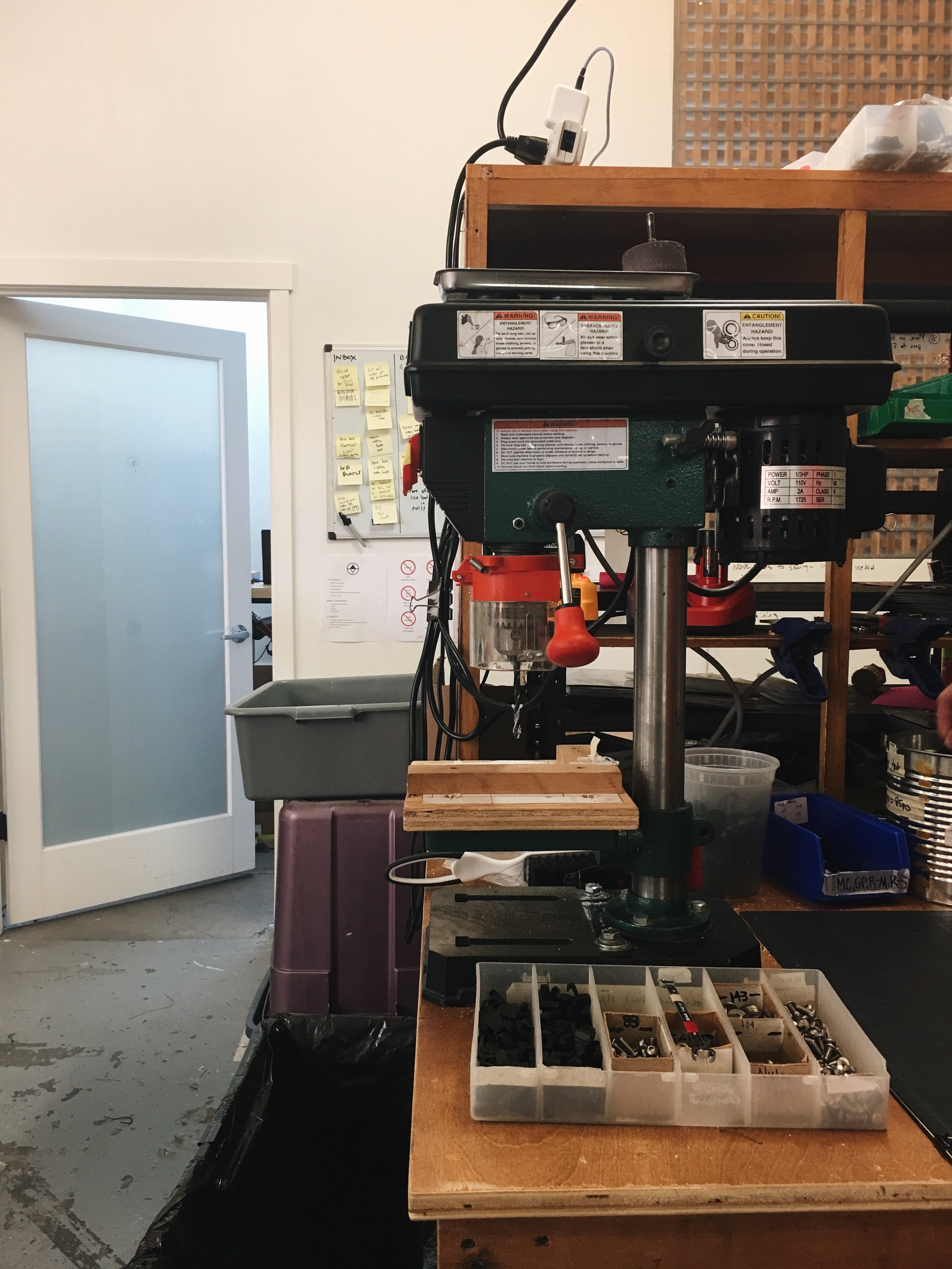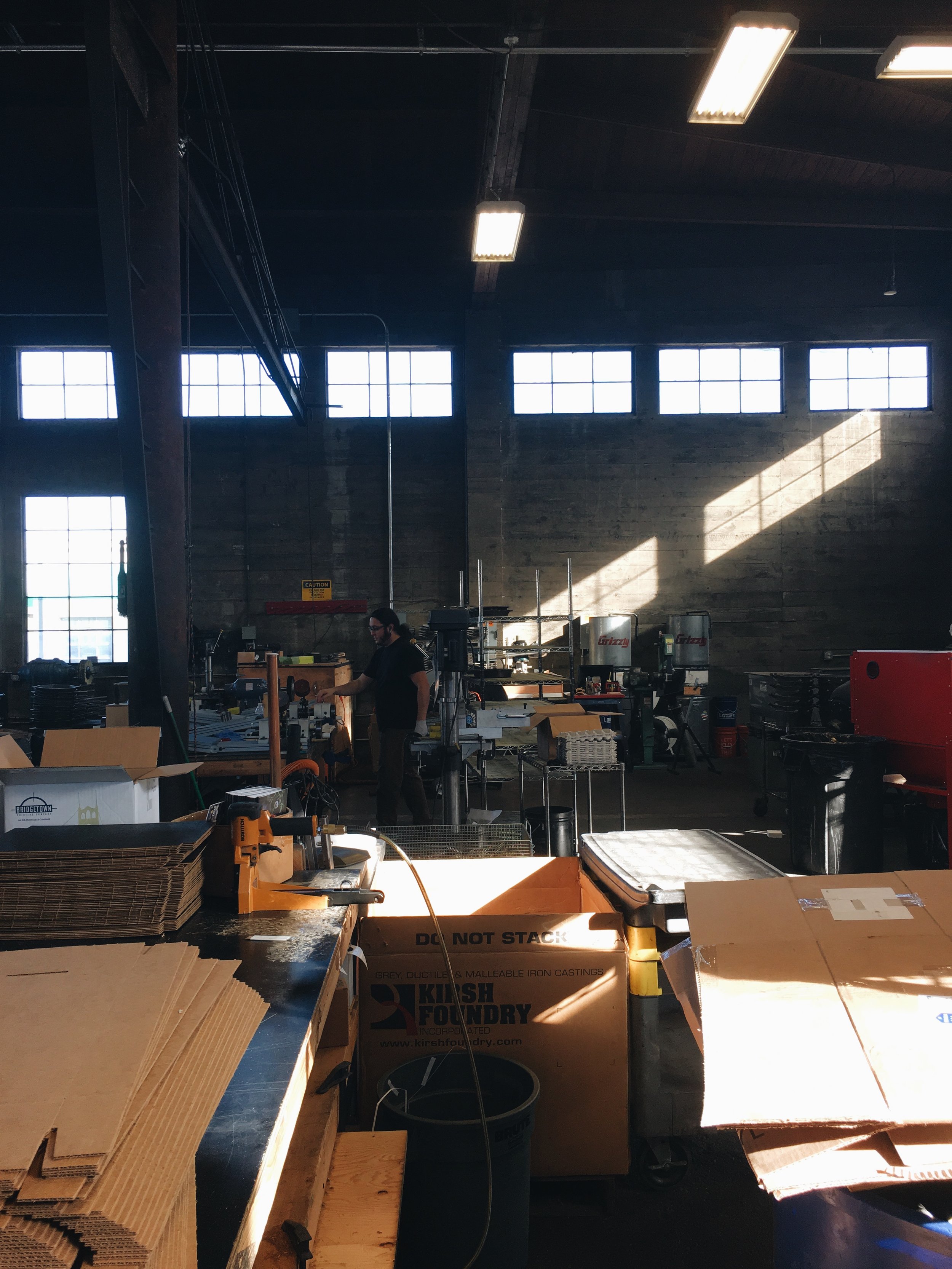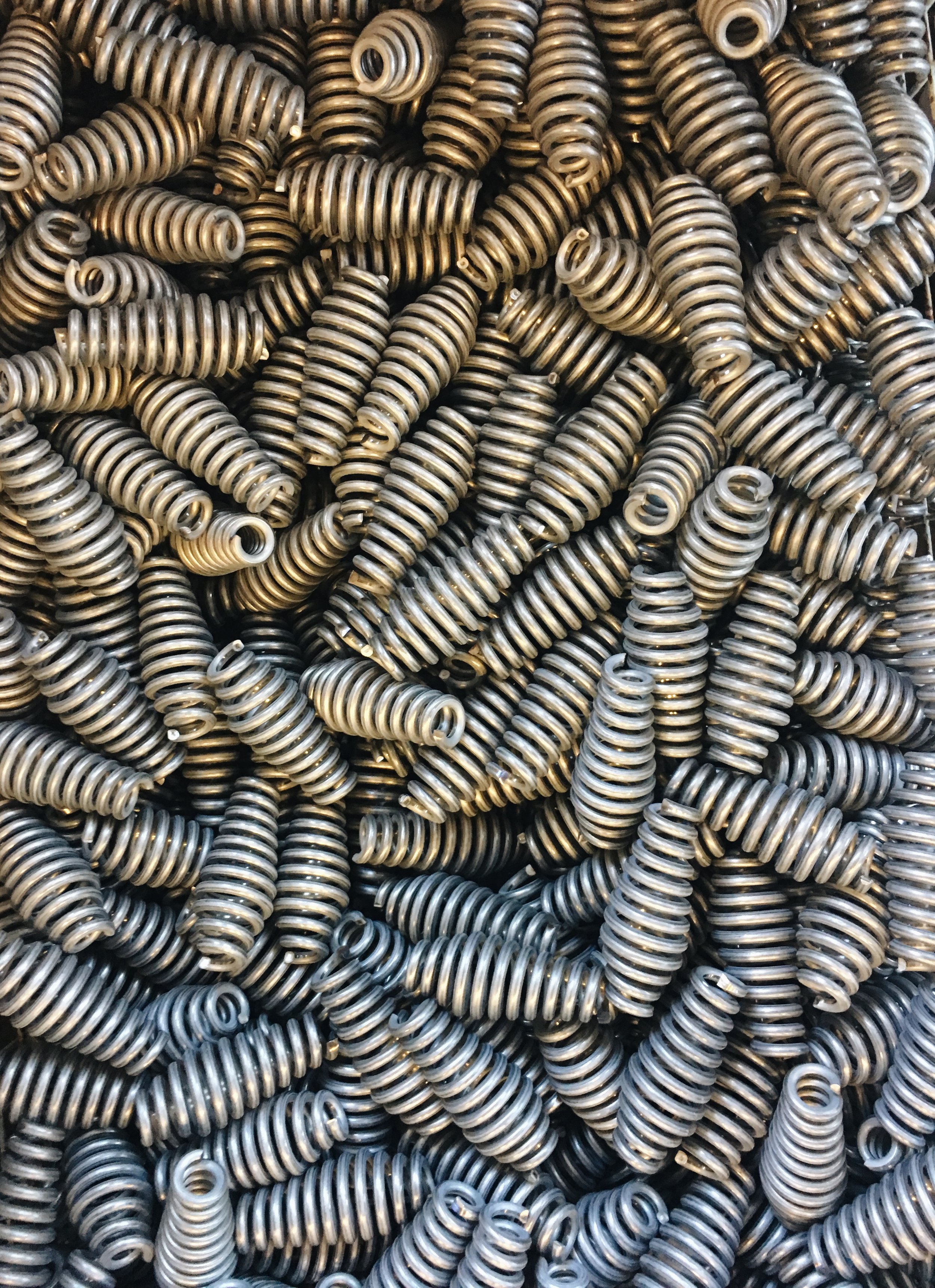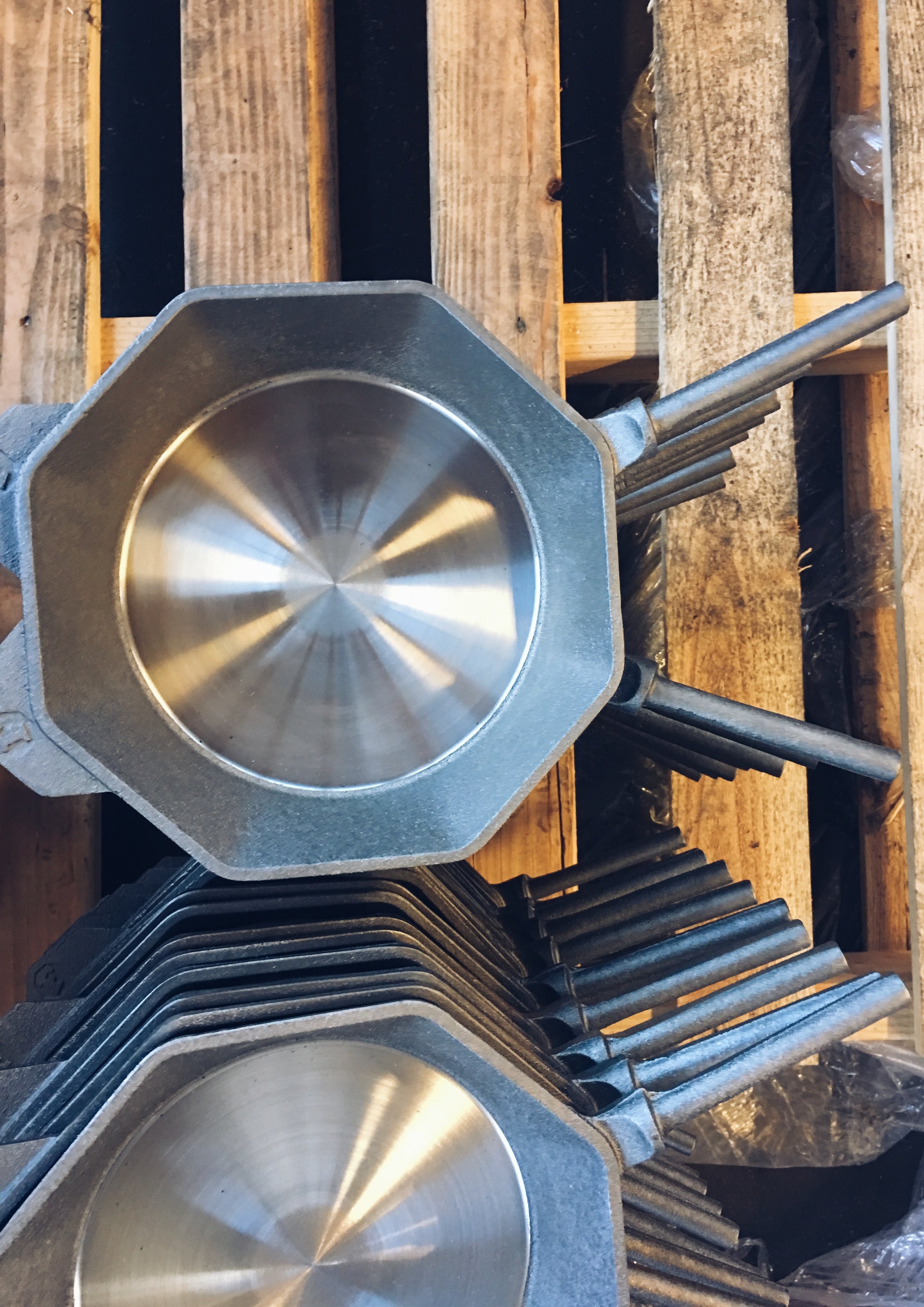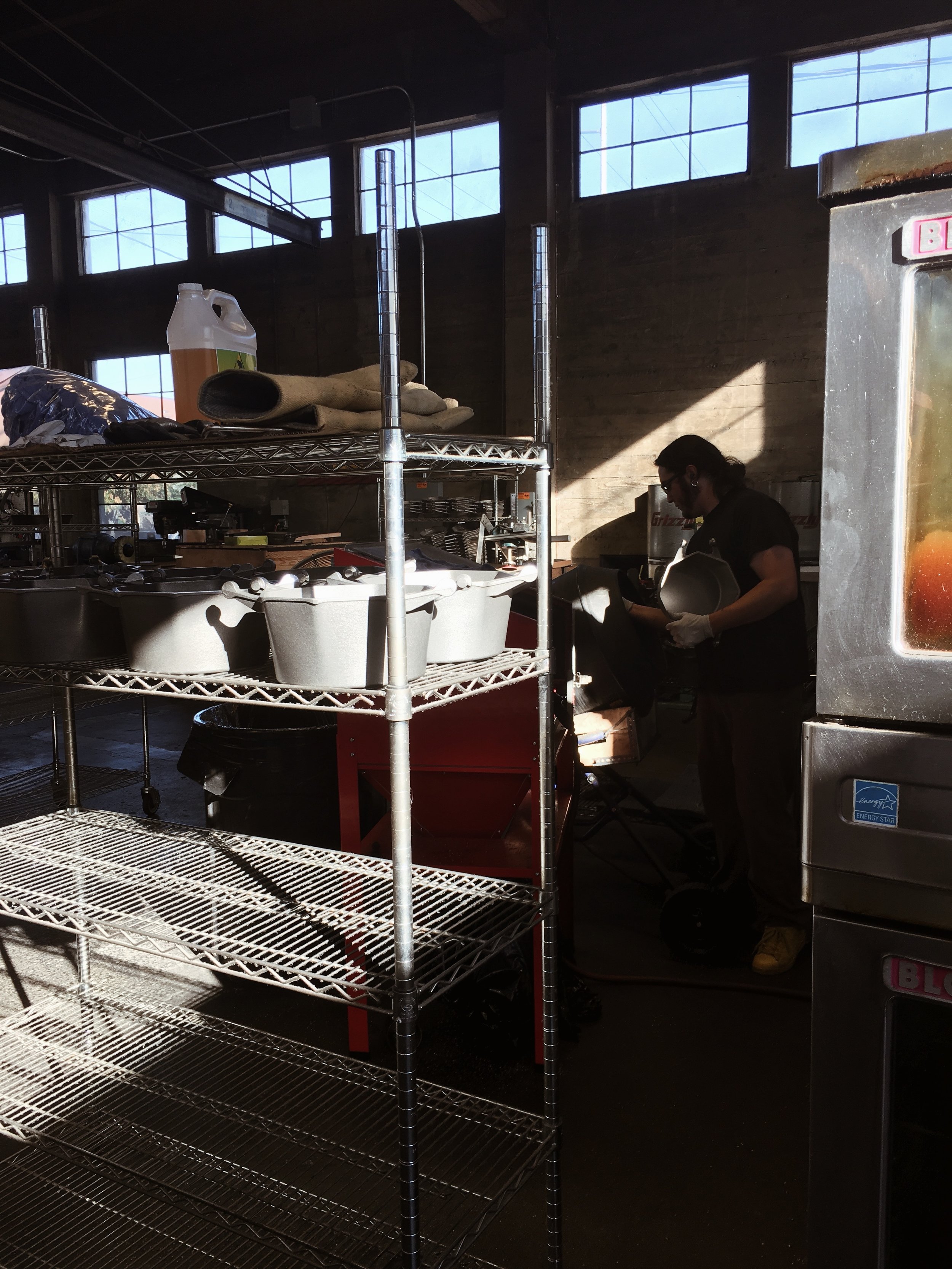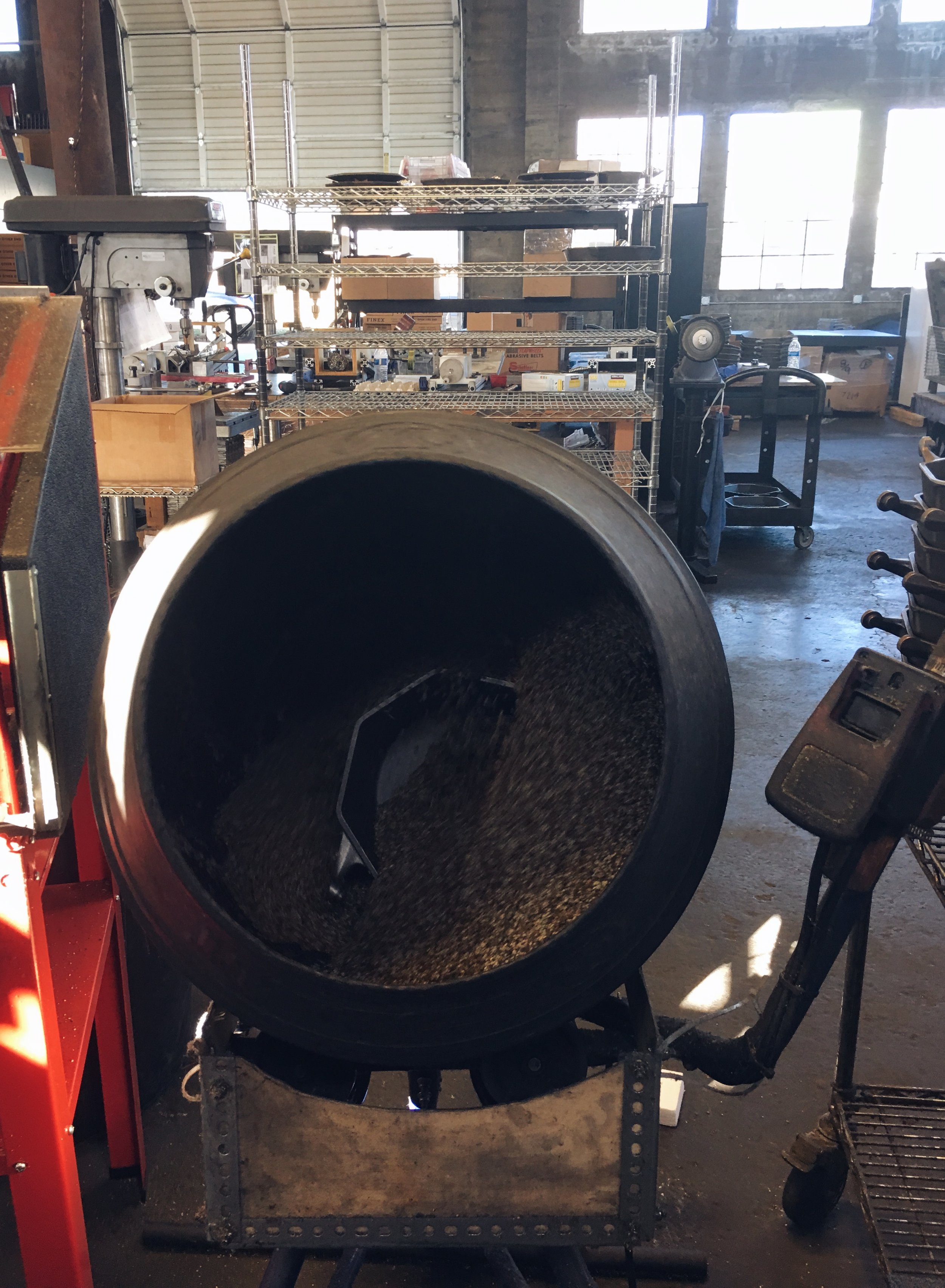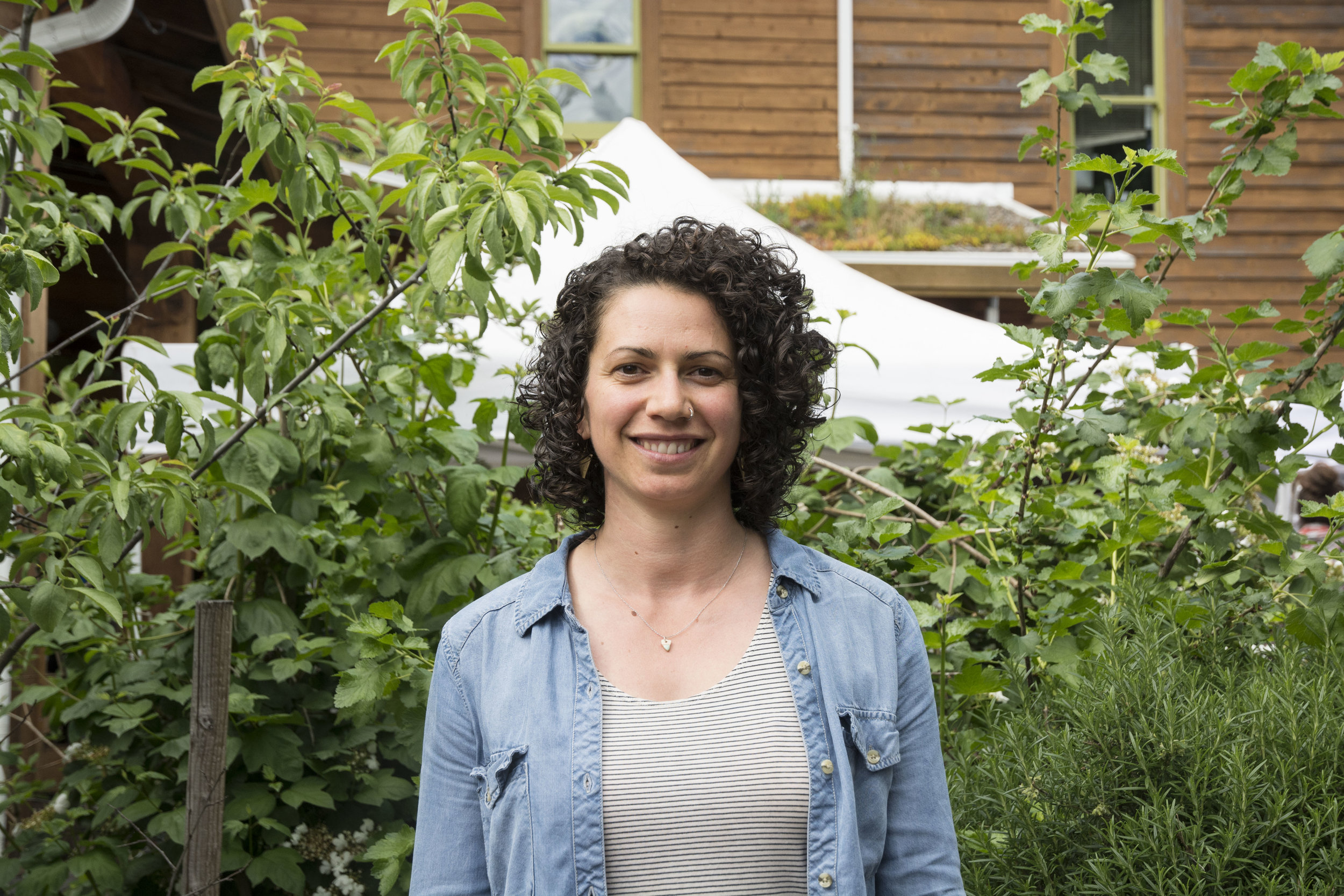By Sofie Sherman-Burton
Summertime can feel like a waiting game among the produce racks. Are the garlic scapes here? Do we have local cucumbers yet? When will the local tomatoes be here? Is that a Jimmy Nardello pepper already? But there is no local produce that I get more excited for than the fruit that Jim Reed grows at Columbia Blossom Organic Orchards.
Located in Mosier, Oregon near the Columbia River, Columbia Blossom was the first certified organic orchard in Wasco County way back in 1992. The orchard spans about 30 acres and includes 16 different varieties of fruit: a few different kinds of cherries, apricots, plums, peaches, nectarines, and grapes. Jim aggressively prunes his trees to make sure that the size and flavor of the fruit are what he is after. Between rows of trees, alfalfa is grown as a natural fertilizer, and bats and birds provide the pest control. All of the fruit is also ripened on the tree or vine, and the sugars are tested with a refractometer before the fruit is harvested to make sure they are sweet enough. Once harvested, the fruit makes its way to People’s within a day of picking. All of that extra care and consideration makes Jim’s apricots, nectarines, cherries, and grapes some of the best fruit I’ve tasted anywhere. The wait is a bit torturous, especially when subpar stone fruit starts arriving from California, but it’s all worth it.
Grilled Nectarine Salad
One way to make Columbia Blossom’s perfect white nectarines even more delicious? Put them on the grill! A little caramelization adds a depth of flavor that pairs well with the nectarine’s sweetness. And it’s a great use of slightly underripe fruit. This salad is delicious, but you can also top grilled nectarines with ice cream or whipped cream (and maybe a drizzle of maple syrup) for a very simple and very delicious dessert. If you don’t have a grill, go ahead and sear the nectarines in a cast iron pan!
4 cups of your favorite salad greens (like arugula, our bulk salad mix, or spinach)
2 nectarines
2 tablespoons walnuts or pecans, toasted and chopped
2 tablespoons crumbled blue cheese, feta, or vegan cheese (optional, of course)
For the dressing:
1 tablespoon olive oil
2 tablespoons white wine vinegar
1 teaspoon lemon juice
1 tablespoon parsley, chopped
Salt and pepper, to taste
Whisk all of the dressing ingredients together and set them aside.
To grill the nectarines, cut them in half and remove the pits. Drizzle each piece with olive oil. Grill them with the cut sides down for 2-3 minutes over a medium-high temperature.
In a large bowl, toss your greens with the salad dressing. Place on a serving platter (or individual plates if that’s your style) and top with the nectarines, nuts, and cheese, if using. I like to serve this salad with the whole nectarine halves, but you might prefer to slice them.
Super Simple Apricot Jam
This spread can be as simple as apricots and sugar, but you can add some lemon juice or a vanilla bean if that’s your jam (sorry). It’s also a super simple ratio: just weigh your apricots, divide the weight by three, and add that amount of sugar!
3 parts apricots
1 part sugar
Pit your apricots and roughly dice them. Mix them with the sugar, and set them aside for at least an hour, ideally overnight. Put the fruit in a pot and set it over low heat. Bring the fruit to a boil, stirring occasionally. As the jam thickens, stir almost constantly! Getting the jam to the right consistency will take anywhere between 15 and 30 minutes depending on the width of the pan, the heat of the stove, and the water in the fruit. When the jam is glossy, thick on your spoon, and starts coating the sides of your pan, it’s done. Store it in jars, and process it in a water bath if you want! Otherwise, store it in the fridge. Slather it all over everything.







